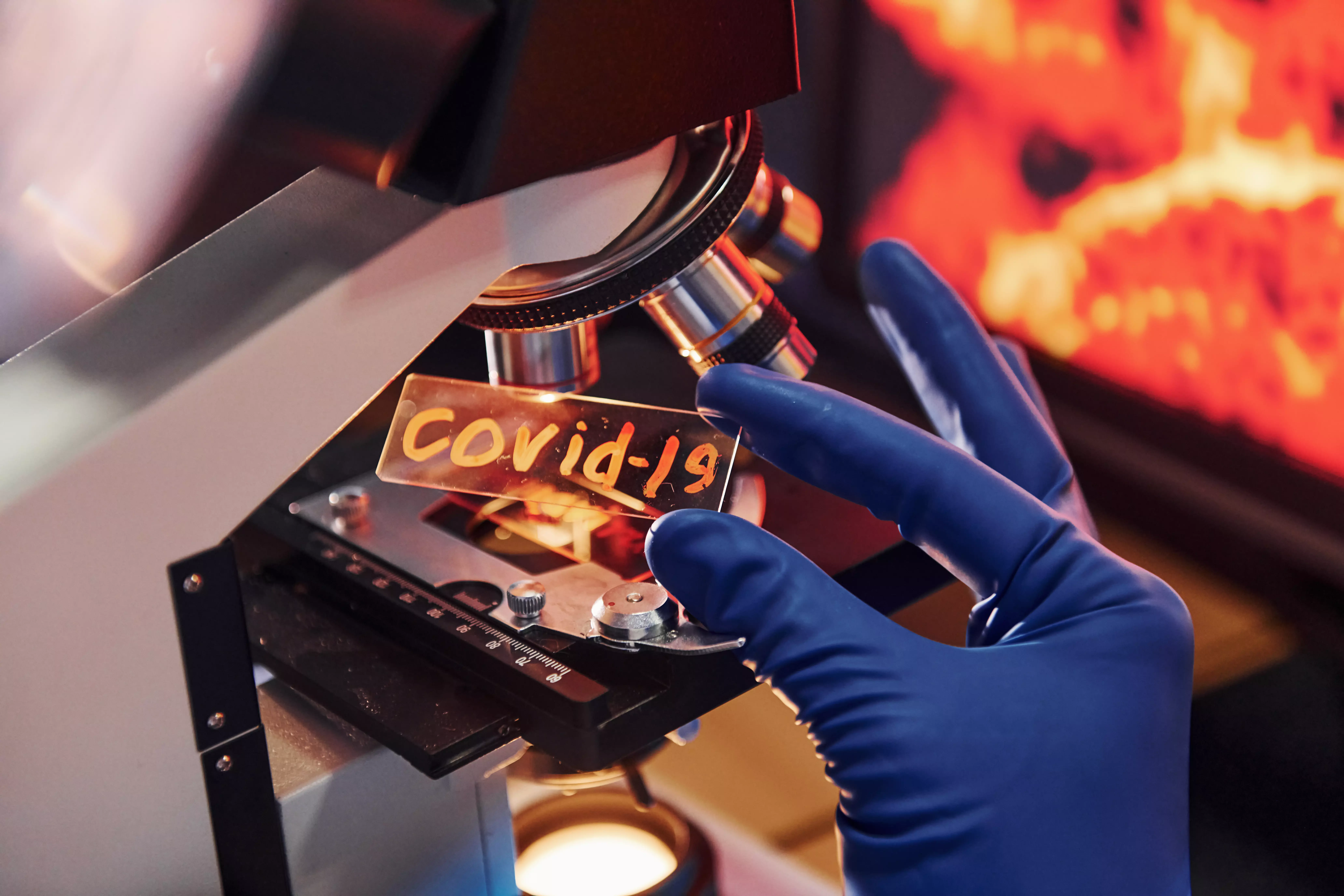Screening in the context of COVID-19
Screening in the context of COVID-19
The COVID-19 pandemic has forced us to reflect on public health and prevention methods. In this context, screening has become a key tool in the fight against the SARS-CoV-2 virus. Through these tests, early detection of infection is possible, which contributes to minimizing the spread of the disease. In this article, we will look at how screening affects pandemic control and what best practices can be implemented to maximize its potential.
What is screening?
Screening is a procedure designed to assess the health status of individuals in the general population in order to detect diseases at early stages. In the context of COVID-19, they aim to identify individuals infected with the virus even in the absence of symptoms. This approach allows for rapid response and isolation of infected individuals, which is key to reducing transmission.
These tests can be carried out in various forms, such as PCR, antigen or serological tests. The choice of the appropriate method depends on the purpose of the testing and available resources.
The role of screening in the fight against a pandemic
Screening is of key importance in the context of limiting the spread of COVID-19. Thanks to it, we are able to monitor the epidemic situation in real time and respond in a timely manner. The main advantages of using screening are:
Early detection of infection allows rapid implementation of isolation, which reduces further transmission of the disease.Evaluation of the epidemic situation allows more accurate analysis of epidemiological data, which supports local and national decision-making.Protection of at-risk groups allows prevention efforts to be focused on the most vulnerable individuals.Screening methods
Depending on needs and resources, various screening methods can be used to detect COVID-19. Among the most popular are:

PCR tests
PCR (polymerase chain reaction) tests are considered to be the gold standard for COVID-19 diagnostics, with their high diagnostic properties for detecting the genetic material of the virus. Performing such a test usually involves some delay in receiving the results, which may not be appropriate in some situations requiring a rapid response.
Antigen tests
Antigen tests offer faster results and are less complicated to interpret. Although their sensitivity is lower than PCR tests, they are useful in the context of mass population testing and in situations where a quick isolation decision is crucial.
Serological tests
Serological tests detect the presence of antibodies in the body, which indicates previous infection with the virus. While they are not useful for early detection of active infections, they can provide important information about immunity in a population and for assessing the course of a pandemic.
Obstacles to screening effectiveness
Despite the many advantages of screening, there are also challenges that can affect its effectiveness. Among them are:
Lack of access to tests In some regions, tests may not be readily available, hindering widespread adoption.Delayed results in the case of PCR tests, the length of time it takes to get a result can limit their usefulness.Problem with community cooperation some people are still skeptical about testing and taking preventive measures.How to effectively introduce screening tests?
In order for screening to be effective, it is necessary to plan an appropriate strategy. Here are some key elements to consider:
Educating the public
It is important that the public is well informed about the importance of screening. Education can help break down barriers and concerns about testing.
Cooperation with local authorities
Coordination between different institutions, such as hospitals, laboratories and local authorities, is crucial for successful population screening.
Enabling access to testing
Considering the introduction of mobile testing sites or tests available at pharmacies can significantly increase the availability of screening in the community.
Summary
Screening in the context of COVID-19 plays a key role in the fight against the pandemic. By detecting infections early, we can effectively limit the spread of the virus and protect public health. Using appropriate testing methods and reducing the obstacles to their introduction are steps that can contribute to even better control of the epidemic situation. It is also critical that the public is involved and aware, as shared responsibility for public health can bring significant benefits to the entire community.

Add comment